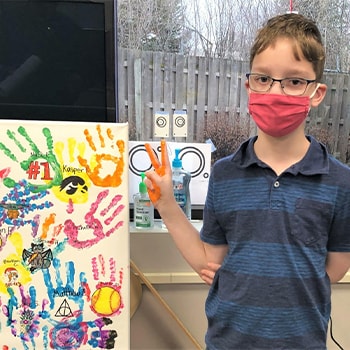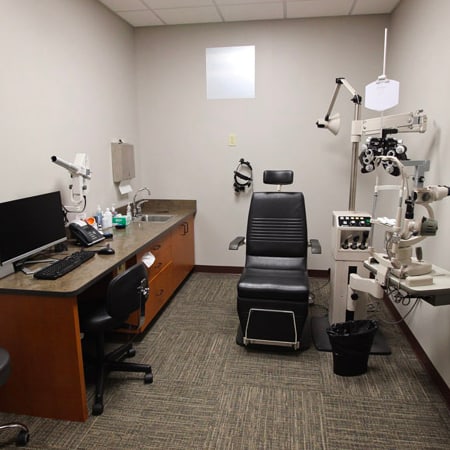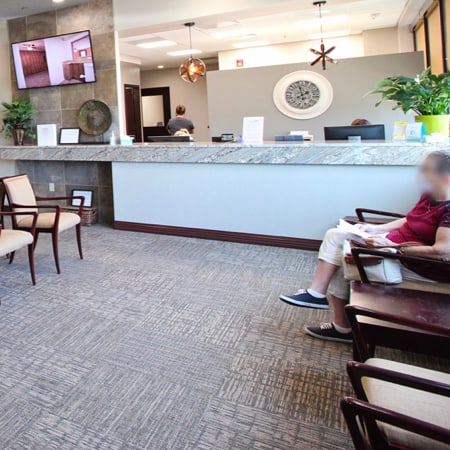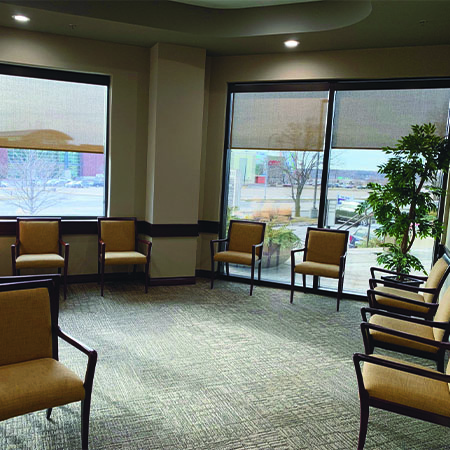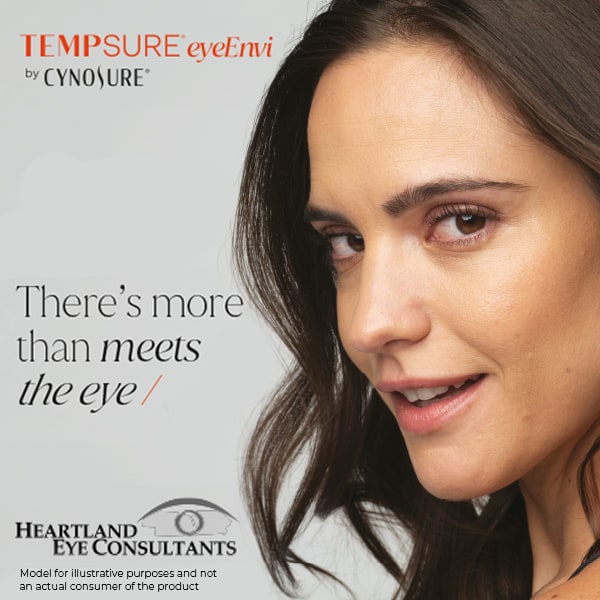Headaches, dizziness, blurry vision, double vision, words moving around on the page, poor depth perception, motion sickness—these are tell-tale signs of binocular vision dysfunction. Though it sounds complex, BVD boils down to your eyes not working together as they should. This means your brain has to work overtime, which quickly ends up leaving you feeling uncomfortable.
Binocular Vision Dysfunction happens when your eyes are misaligned. They struggle to focus, and your brain has a hard time merging two visual inputs into a cohesive image. Fortunately, your optometrist can help through a treatment called vision therapy.
What Is Binocular Vision Dysfunction?
Binocular vision dysfunction occurs when the eyes are slightly out of sync, making your brain compensate to create a clear image. This results in overexertion, which can trigger a range of symptoms from mild discomfort to significant disruptions in daily life.
The condition often flies under the radar. Its symptoms overlap with other conditions, so it’s easy to miss. Someone with frequent headaches might not consider that their eye alignment is to blame, or they may think dizziness is just a result of their fatigue or think “well I’ve always had motion sickness.”
If you notice any unusual vision symptoms, don’t ignore them. Your optometrist can examine your eyes, determine if BVD is causing your symptoms, and then help you treat them.
How Your Eyes & Brain Work Together for Vision
Your eyes and brain form a highly synchronized team. Each eye sends its own image to your brain, which then merges them into one clear picture. For this process to work smoothly, your eyes must be properly aligned.
When they’re not aligned, the visual system falters. The brain steps in to overcompensate, trying to correct the misalignment and create a unified image. This extra effort may relieve the immediate problem of blurry vision, but it puts a strain on your system. This strain then offsets the symptoms of binocular vision dysfunction.
What Are the Symptoms of Binocular Vision Dysfunction?
If you have BVD, you might notice some recurring issues. Common symptoms of BVD include:
- Persistent headaches or migraines.
- Dizziness, motion sickness, or balance problems.
- Double or blurry vision, especially during close-up tasks.
- Feeling strained or uncomfortable after reading.
- Sensitivity to light.
- Closing one eye while working on screens or reading.
- Words move around on the page when reading.
It’s worth noting that each person experiences BVD differently. If these symptoms sound familiar, an eye exam can uncover if misalignment is causing your discomfort.
Common Causes of Binocular Vision Dysfunction
BVD can stem from a range of factors. The human visual system is extremely complex, and plenty of outside causes can disrupt the way you see the world. However, these are 3 of the most common causes of BVD.
Congenital Eye Misalignment
Some people are born with subtle misalignments in their eye muscles. While these imbalances may not cause issues early in life, they can become more obvious as eye muscles naturally weaken with age. Meanwhile, if a person’s eyes don’t develop properly, they can begin experiencing BVD.
Head Injuries & Trauma
Concussions, whiplash, or other head injuries can disrupt the delicate relationship between the eye muscles and the brain. Even after healing from the initial injury, the alignment issues caused by trauma may persist.
Weak Eye Muscles
Like other muscles, the ones around your eyes can weaken with time. This progressive weakening may make it harder for your eyes to stay aligned, particularly during tasks that require close attention, such as reading or driving.

Can Stress & Fatigue Affect the Eyes?
When you’re tired or under stress, your brain struggles even more to correct slight eye misalignments. That’s why BVD symptoms often intensify after a long day or extended screen time. Tasks requiring sustained focus amplify the strain on your visual system.
Fortunately, you can make some small changes to find relief:
- Take regular breaks during tasks that require intense focus.
- Practice the 20-20-20 rule. Every 20 minutes, look at something 20 feet away for 20 seconds.
- Ensure proper lighting in your workspace to reduce eye strain.
- Maintain a comfortable distance from screens and books.
- Stay hydrated and maintain a balanced diet to support overall eye health.
However, addressing the root cause is the only way to find lasting relief.
How to Treat Binocular Vision Dysfunction
If you suspect BVD is causing your symptoms, visit your optometrist for a comprehensive eye exam. During your appointment, we’ll check your eye alignment, depth perception, and more, all to determine your overall visual abilities.
Then, after the appointment, we may recommend an effective treatment: vision therapy.
What Is Vision Therapy?
Vision therapy is a personalized program designed to help improve the coordination and function of your eyes. It involves targeted exercises and activities supervised by your optometrist to address the specific issues causing your vision problems.
Through consistent practice, vision therapy can enhance your ability to focus, reduce visual strain, and alleviate symptoms of binocular vision dysfunction. This non-invasive approach aims to provide long-term solutions for improved visual comfort and clarity.
Supporting Your Eye Health
Binocular vision dysfunction can significantly impact your life. However, the right diagnosis and treatment make a big difference, and our team at Heartland Eye Consultants is here to help. Together, we can find you the relief you deserve, so reach out today and book your next appointment! Clearer, more comfortable vision is within reach.













